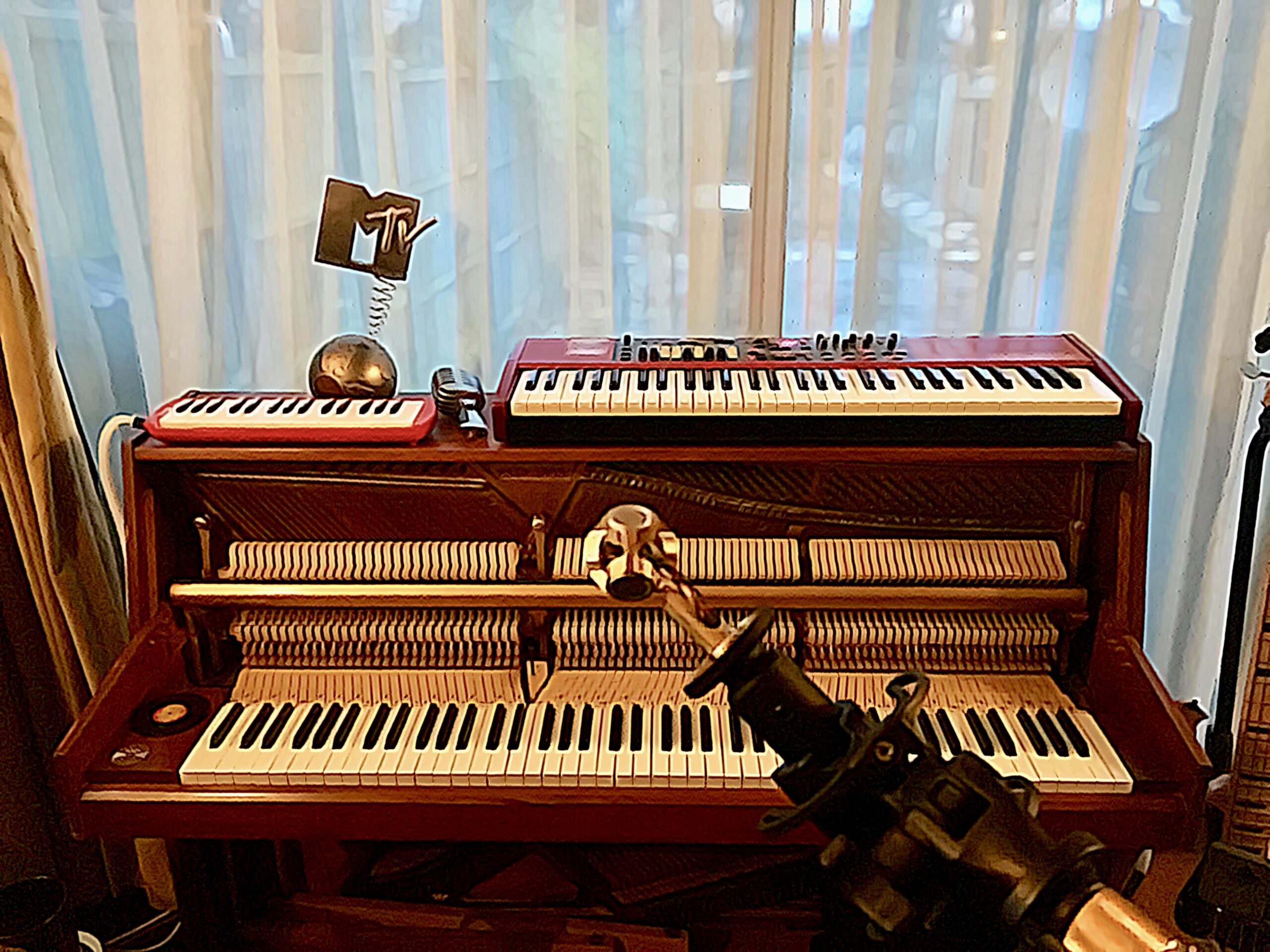
The complexity of those studio decisions when committing to a stylistic idea resembles chaos theory: unaccountable layering variables like what Albin Zak describes as ‘resonance’. This (piano overdub just recorded) is another moment of—in his words—a ‘phonographic ephemeron’. I came to this piano layer, the part, the miking decision as a response to the previous layers, decisions, auralities. Why is this worth mentioning? Producers...
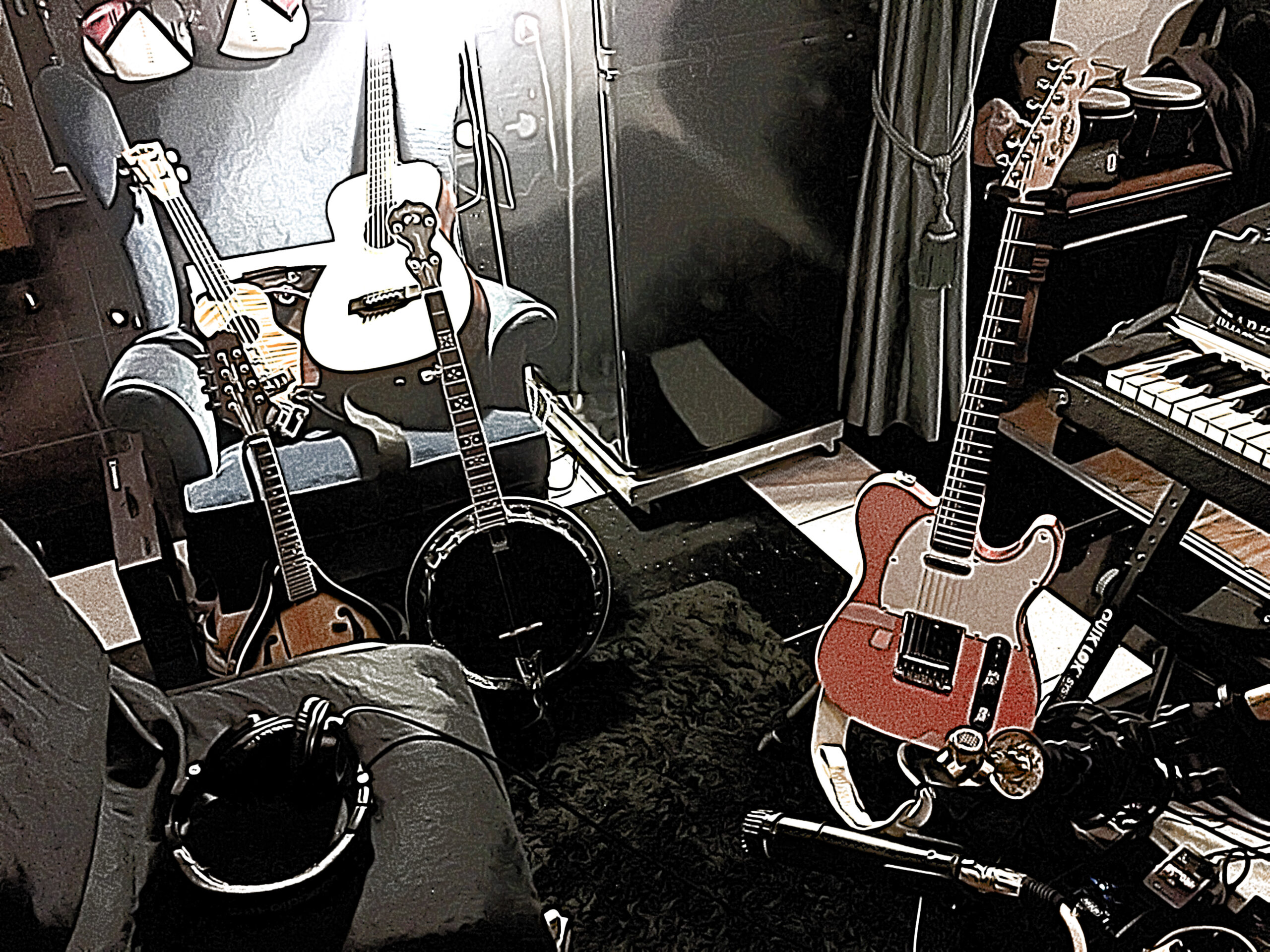
Christmas Day today which meant I had a whole day for recording. I thought it was a good time to express some of my Americana ideas which have been festering throughout my last semester of musical osmosis (during this PhD, I have been spending an average of about six months obsessing over a particular style, listening to it almost exclusively and learning or focusing on relevant instruments to perform it—the last few months have been...
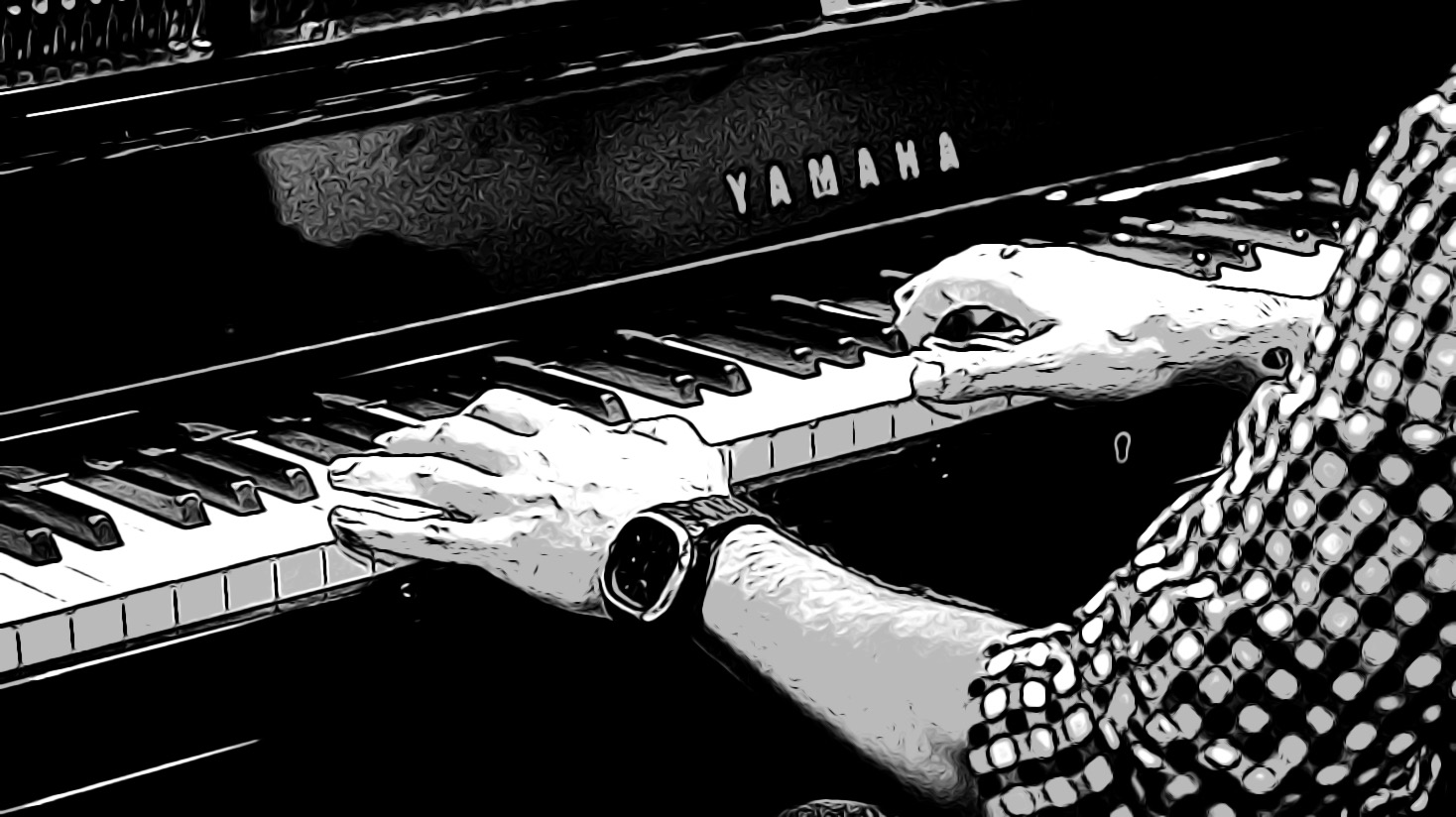
Or narrowing down on the difference between an overdub and a sample... So, last night—one day before the end of term—I was in an exhausted state but felt I should crate-dig in my hard drives of jams and pull out something inspiring from the recordings to spend some hours in the studio. I came across a (Yamaha) grand piano recording I had self-captured at the University of Westminster studios the year before. I had used some excellent mics...
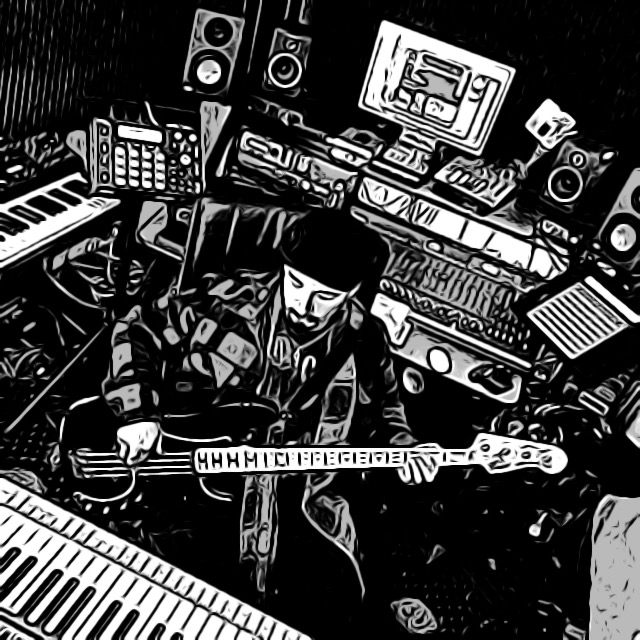
For some of the recent recordings committed in the fashion described in the previous post (where the DAW multitrack is running in sync to the beat elements—being—programmed on the MPC), I have been capturing source sounds (guitars, keys, bass) with a lot of processing, particularly spatial, but also in the form of colouration acquired from driving tubes hard, or even emulations of amps, preamps and tape recorders. I also involve many...
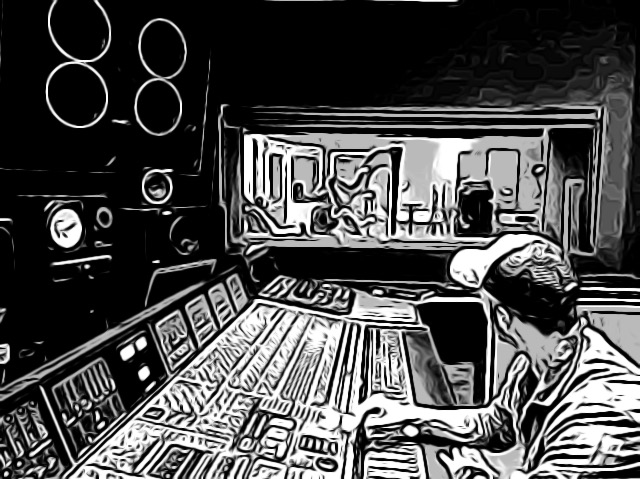
A major epiphany has taken place, itself the result of a workflow realisation. For a while I have been struggling with the following conundrum: How to know when to stop mixing the samples? As a samplist, I understand whether a source functions effectively in the context of sample-based Hip Hop when I hear it as part of the process, as part of the production layering. When trying to create a phonographic moment outside of this context, albeit...
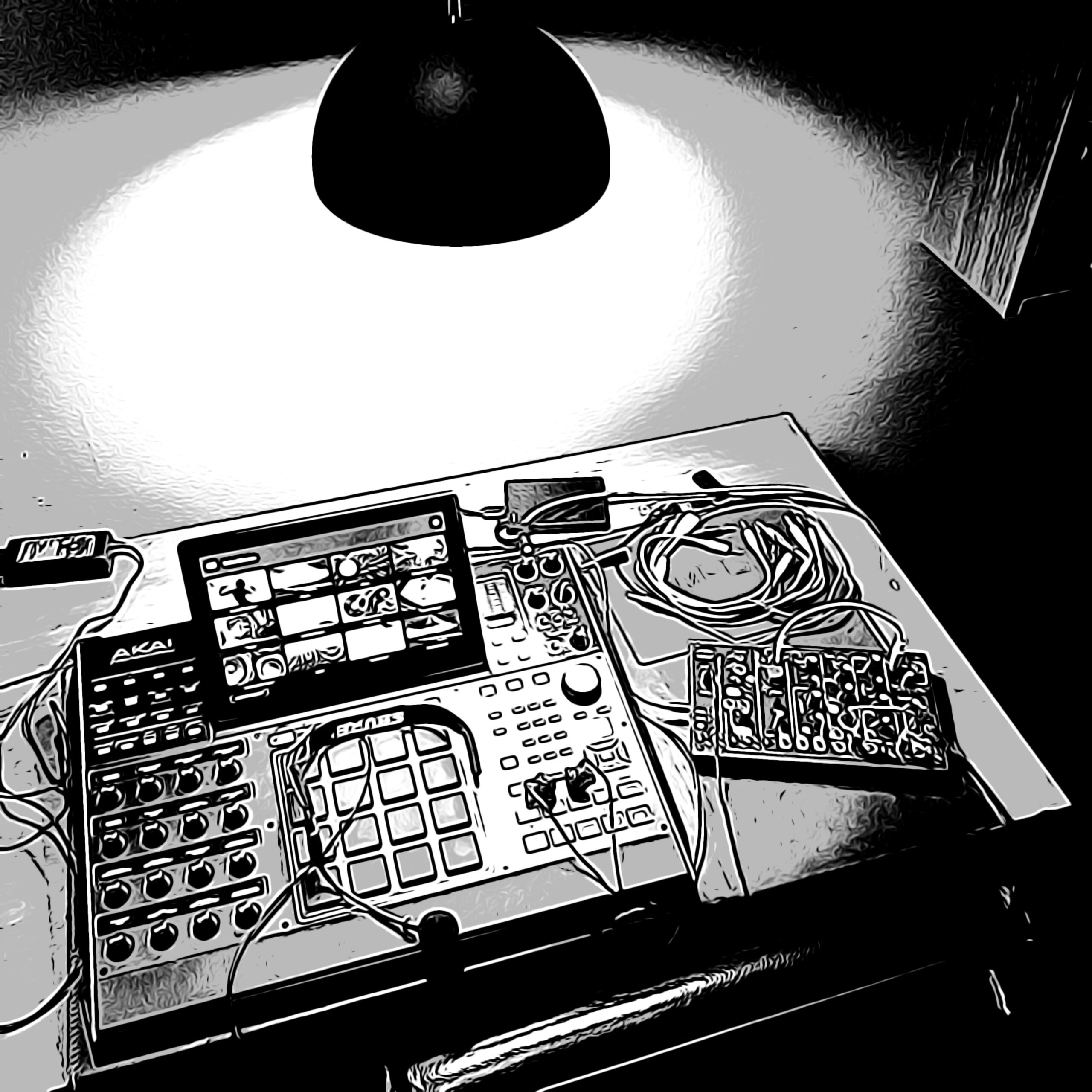
I often remember the aha! moment that occurred when I first ‘chopped’ my own constructed (blues) phonographic material on the MPC sampler (a Renaissance model borrowed from University of Westminster where I used to work as a lecturer). I was going through an analytically-focused rather than practice-based phase of my PhD, whilst previously, I had been recording multi-layered, overdubbed performances in various styles that could facilitate a...
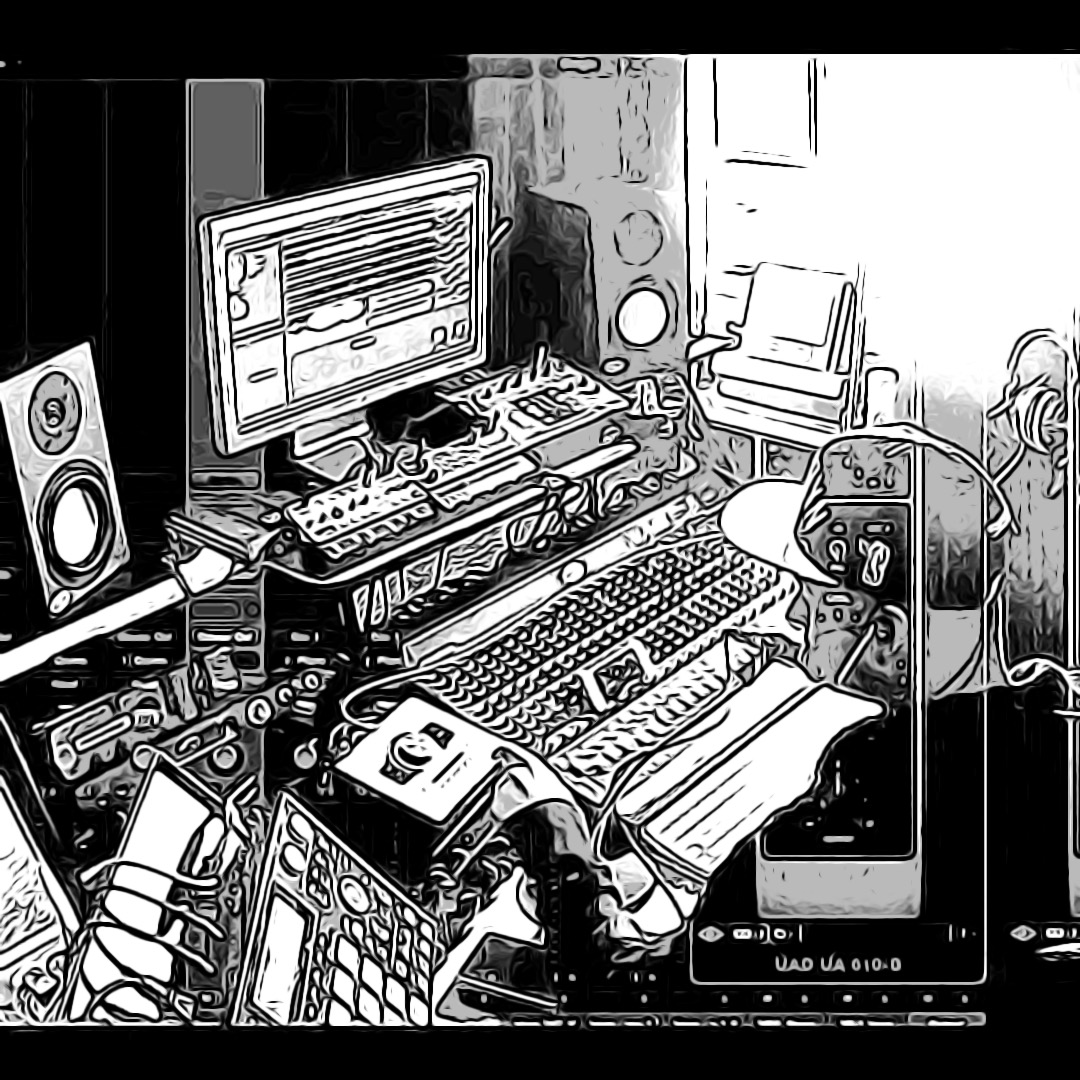
...Not a diary, but "a critical questioning of experiences"
(Cunliffe, 2016, p. 762). Insights is a reflexive journal I have kept throughout the making of album KATALH3H and whilst writing Reimagining sample-based Hip Hop: Making records within records. It deconstructs, exposes and provides interpretations of the thinking, analysis and sonic motivations behind both the book and the album. It's a place of fragility, conceptual pursuits, eureka...






